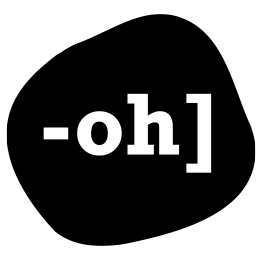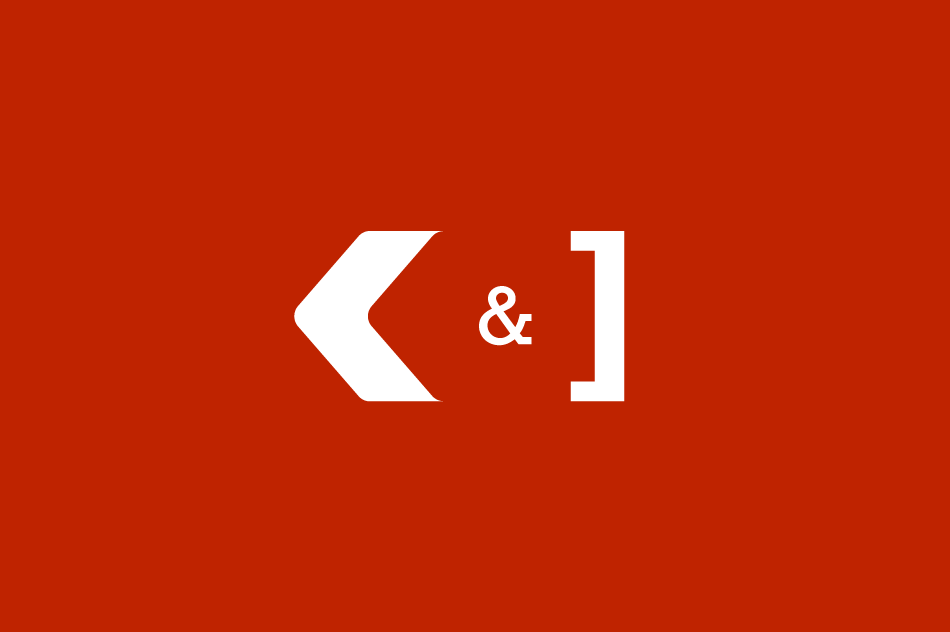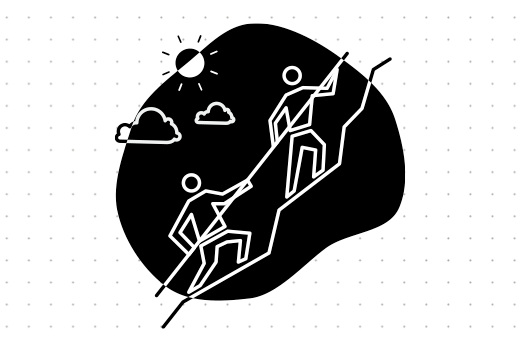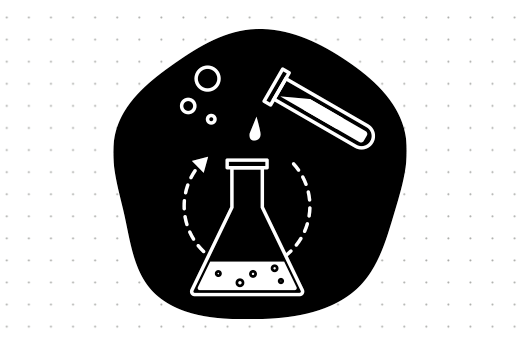Filter by category
Picture this scenario: you’ve been flirting with the idea of building a software product for quite some time. You’ve done your homework, laid out a great plan, and you’re now working on the missing pieces to your puzzle. Perhaps you’ve already hired an operations manager and talked to a financial advisor. In the numerous (virtual) meetings with tech experts, you've heard countless opinions on what’s doable and what’s not and how long it will take. You’ve listened to both good news and bad news along the way and adjusted your expectations accordingly. Eventually, you’ve found yourself in the position of having to ask the “big” question: “How much does it cost?”.
If this sounds familiar, the following is for you. It’s also for you if you still consider that money is the only roadblock in a project. It actually isn’t.
We’ve anticipated this topic and discussed why having “the hard talk” when starting a project is a must and how it could save you time and money. Another roadblock we tackled is what we refer to as tech debt in business and why it can be a drawback in the long run. Here’s what we haven’t told you yet.
Budget Expectations vs. Reality or Why Have the "Money Talk" Early On.
Common Roadblock: Instead of leaving the money talk for the end of this conversation, let’s start with it. No matter how well-rounded your product looks like, it all comes down to “How much does it cost to build it?”. The truth is that it’s hard to get an all-encompassing number on the spot. Here’s why: just the way you’ve done your homework before sharing your business idea, the tech team has to do the same. Only after they dive deeper into the details, they’ll come up with an accurate plan.
The Solution: If you want to talk numbers, one approach is to go backward and start with a fixed initial investment. A common practice among start-ups is to build a Minimum Viable Product (MVP) within a preset budget. This step will help you learn just enough by testing your assumptions and getting user feedback while continuing fundraising to bring the business idea to the next stage. Part of the process is to decide what functionality to include in the MVP, given the budget and the timeline. This is why you need an action plan or a Discovery Phase.
Business model? Customers? Product? The Discovery Phase is an exploratory process that will leave no stone unturned and help you sharpen your business’s value proposition. With a minimal budget, you will test your assumptions in a matter of weeks. Call it deferred pleasure, but the deliverables at the end of the road - the software requirements specifications (SRS), an interactive prototype, and the product roadmap - will make the wait pay off. With these at hand, you can now count on the much-awaited answer: an estimated budget.
Now that we’ve addressed the elephant in the room let’s solve some other software development enigmas.
Final Product vs. MVP or The Importance of the Stage-by-Stage Approach
Common Roadblock: Another common roadblock in software development is postponing releasing a product on the market until it reaches its final version. If you worry about perfection, remember this: the MVP is the perfect implementation of a subset of your product. This middle-of-the-road milestone, not only will help you validate your idea without having to build your entire product, but it can also influence your business substantially by minimizing the time and resources you commit. Launching the entire product before testing the MVP can only postpone the answers you need.
The Solution: Now that we’ve learned that skipping steps shouldn’t be in anyone’s tech vocabulary, it’s time to test the MVP. Often, this comes down to features. Of course, there will always be room for more functionalities, and you’ll have plenty of ideas thrown at you. When in doubt, ask yourself this question: How many features are good enough to prove the concept and get feedback?
The secret is to stay focused on the pilot implementation, test it among early-adopter customers, learn what you can improve, and move forward with the development according to the adjusted plan. Don’t be surprised if some news might come like a bolt from the blue. Even in product development, there’s a bumpy road from the initial idea to full-tilt satori. Let your customers speak, and the UX/UI gods do their job, and your final product will be ready for launch in no time.
Remember this rule: Build. Test. Pivot. It will go a long way.
Full Stop vs. Scalability or How Ongoing Development Can Help Grow your Business
Common Roadblock: You’ve just released your product. What’s next? Another roadblock in pushing your business forward is the belief that this stage is the end of the road for the development work. Blame it on the ever-evolving tech trends, but, over time, software products do not become vintage, but rather outdated and/or cumbersome to use. The software requires ongoing work by definition, as tech platforms and browsers come with their own set of updates that can influence your product’s performance. All things considered, an unmaintained version of your software will only keep your business from growing.
The Solution: Call it good fortune or programming ingenuity, but there are smart, cost-effective ways to continue growing and staying relevant in the market. A lean roadmap to scalability is planning a monthly budget to continue adding and testing new features. User feedback is key in deciding whether you should consider or not upgrading the product.
Some projects are suitable for an even more efficient solution - Continuous Development (CD), an iterative process that relies on automated tests and user feedback to improve the software solution over time. What’s its secret sauce? Introducing new features step-by-step and adjusting as you go with greater speed and frequency. If that’s not good news, we don’t know what is.
By now, you might have noticed the pattern: no matter the roadblock, there’s always a solution to get unstuck. Of course, every product is different, and each market comes with its own set of challenges. And the examples above only scratch the surface of what the product development process entails.
What other roadblocks did you identify? How did you overcome them? We’re curious to learn about your journey. Join the conversation and get in touch with us. You’re not alone.





